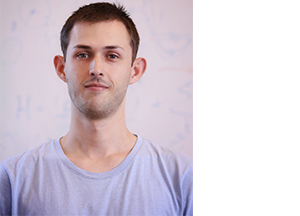
Zeb Krix, UNSW Sydney
Oscillation effects in crystals have been studied since the 1930s, when it was observed that a metal’s magnetisation and resistance are periodic in the inverse magnetic field. Typically, the oscillation frequency corresponds to the area of a closed cross-section of the Fermi surface, these are Onsager oscillations.
We show that oscillations arise, in equilibrium, which do not correspond to any closed cross-section. This effect is due to Coulomb interactions between electrons.
We also develop a theory of so-called “fractional frequencies”, which we show are due to disorder. We use this theory to explain recent experiments on two-dimensional artificial crystals.
About the presenter
Zeb Krix is a Research Fellow at UNSW, where he studies the theory behind artificial graphene and artificial topological insulators, which are 2D materials with an imposed superlattice structure. Zeb models such systems in the presence of a perpendicular magnetic field in order to improve understanding of the relevant electronic transport measurements.
This work is closely linked with experimental work conducted by FLEET’s Daisy Wang, Oleh Klochan and Alex Hamilton, and is part of FLEET’s Research theme 1: Topological materials. and Research theme 3 light transformed materials.
